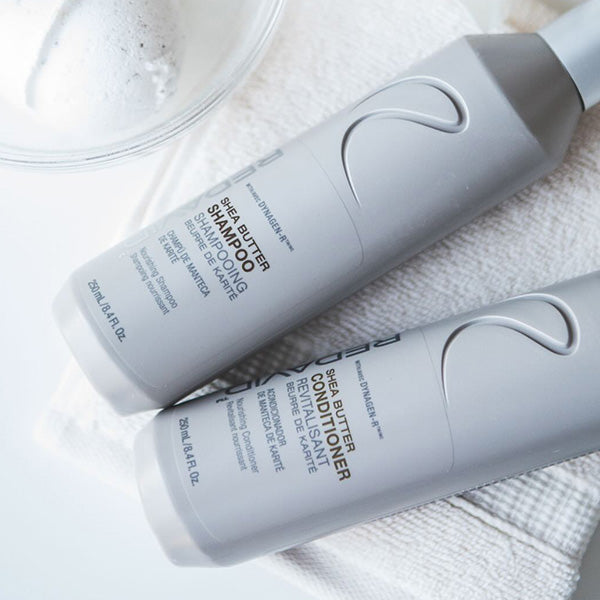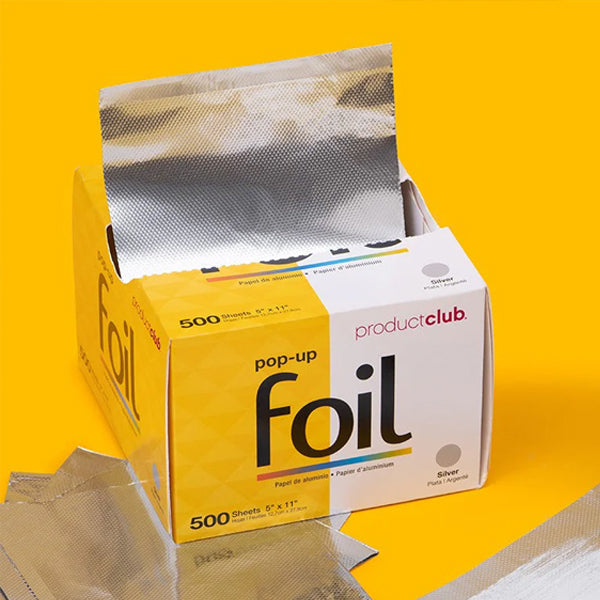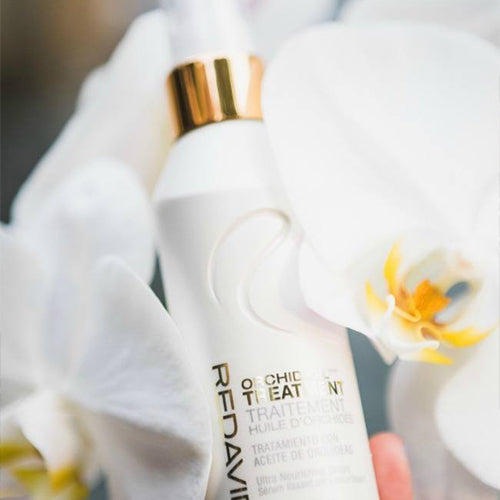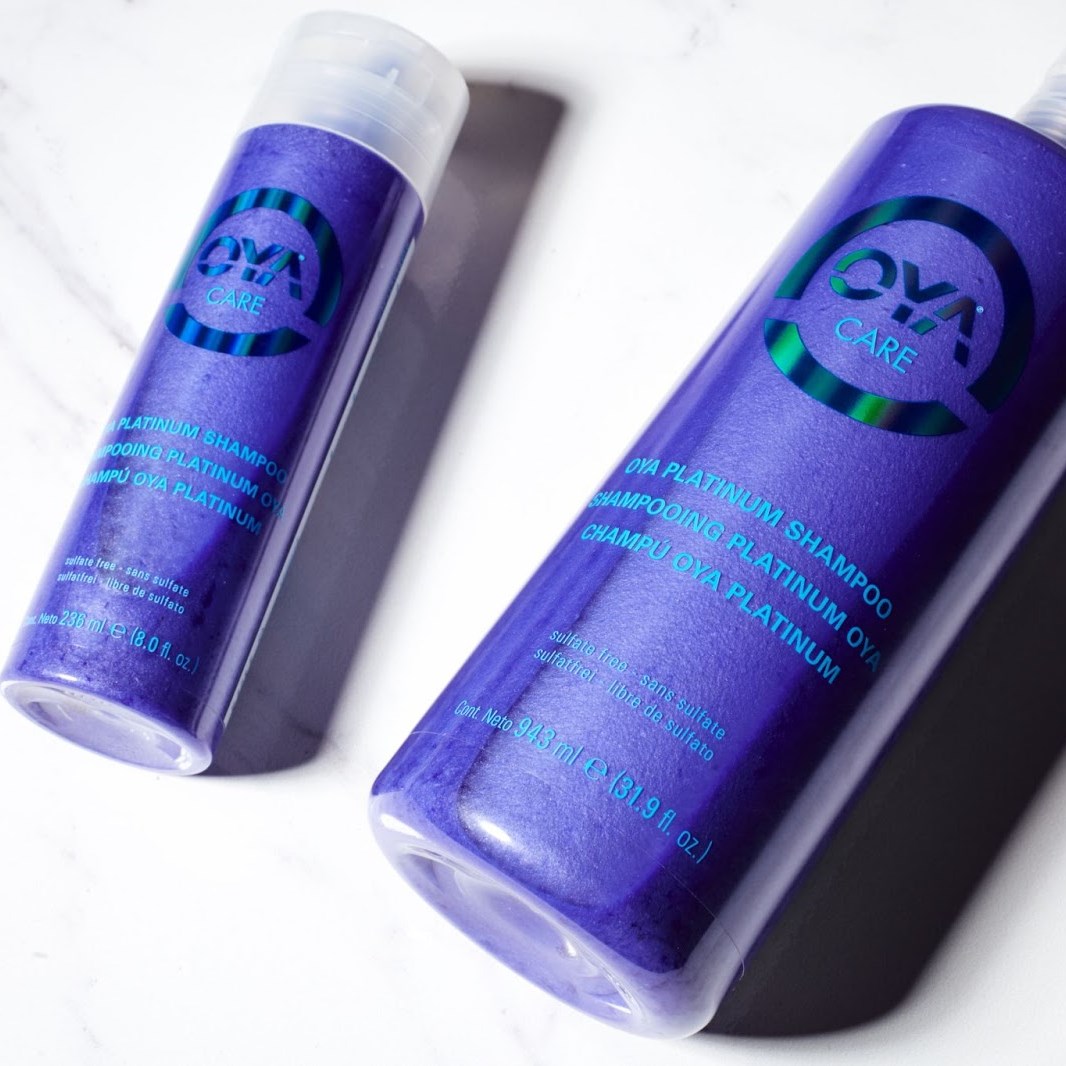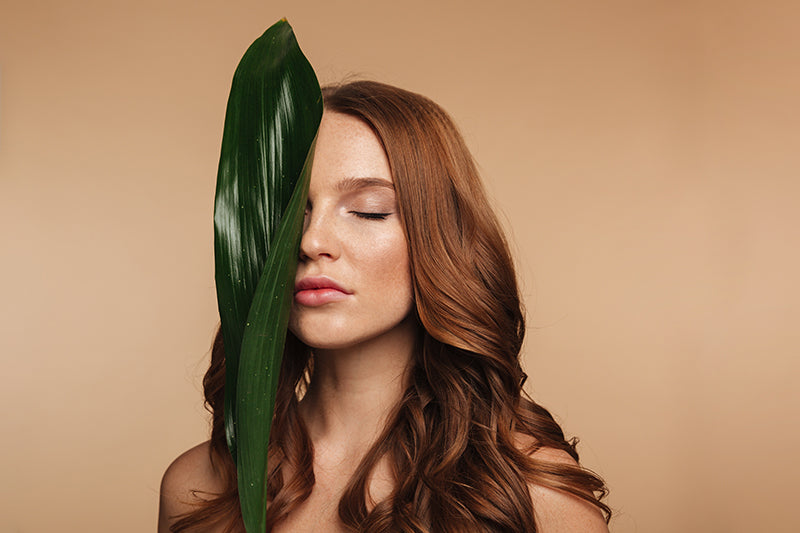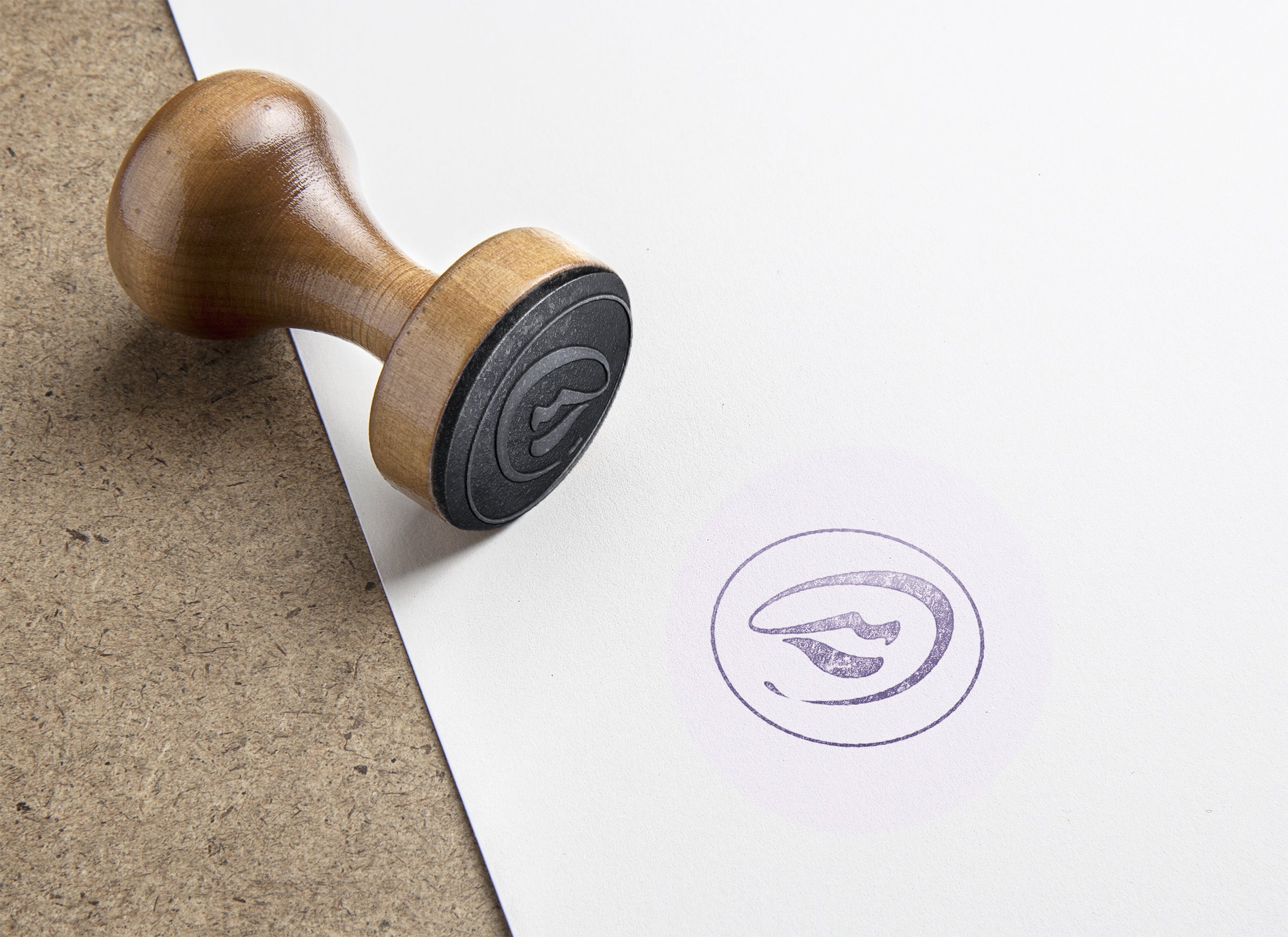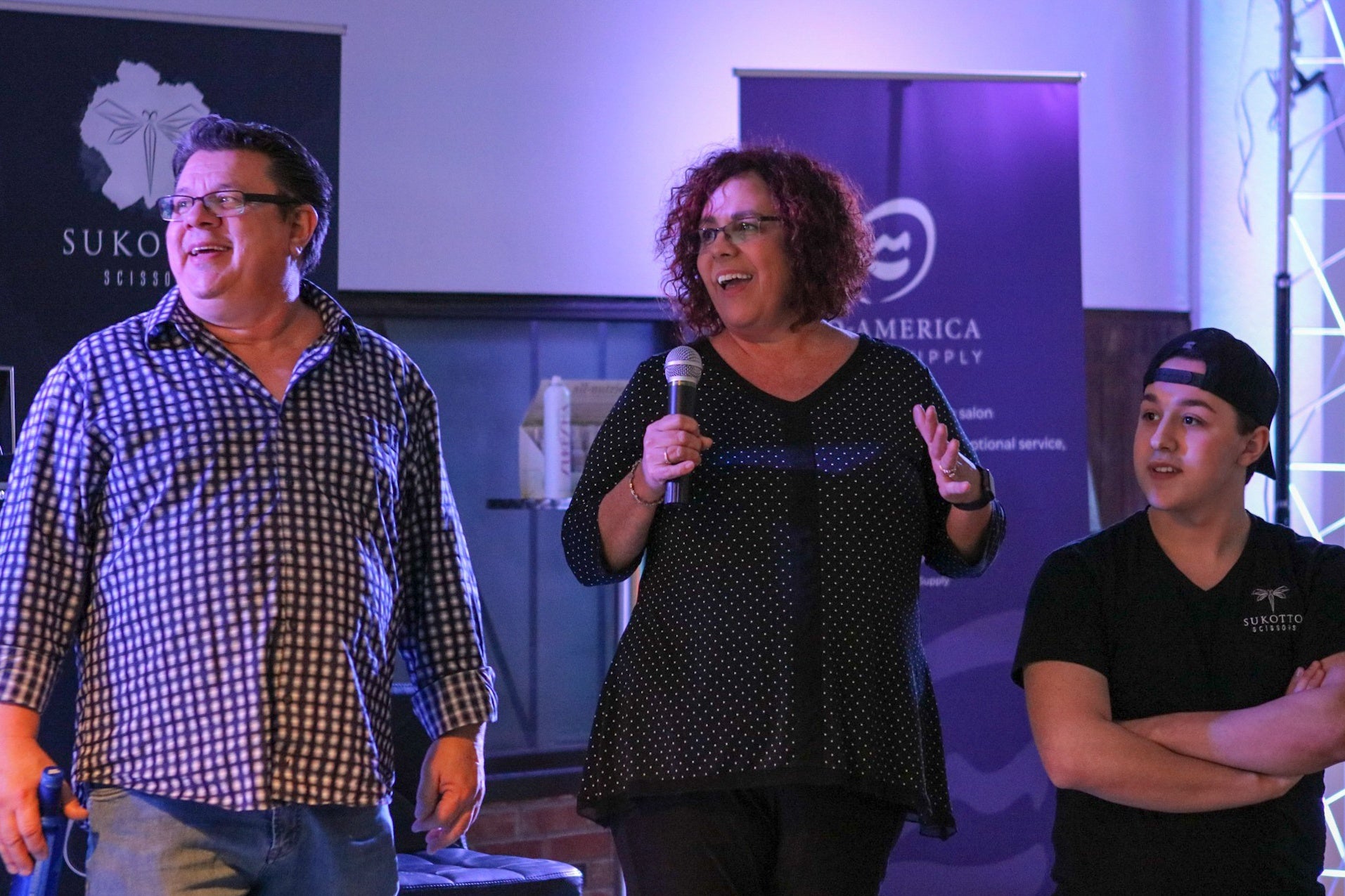Respecting the Red: How to Work With, Not Battle, Natural Warm Underlying Pigment
Warmth in natural brunettes isn’t a flaw—it's a structural truth. The underlying pigment in brown hair is red and red-orange. Trying to “fight” it with aggressive ash usually leads to flat, muddy, or dull results that fade brassy anyway. The modern approach isn’t to cancel warmth—it’s to control and refine it.
1. Warmth Is a Foundation, Not an Error
When lifting or shifting brunette levels, red emerges first because:
-
Red molecules are larger and more persistent
-
They sit deeper in the cortex
-
They fade more slowly than cool pigments
If you don’t build warmth into your formula, it will reveal itself after the toner fades.
2. Choose Tones That Direct Warmth, Don’t Erase It
Instead of:
-
Blue-heavy ash
Think: -
Gold-beige
-
Amber
-
Mocha neutral-warm
-
Violet-brown
These keep depth rich, reflective, and dimensional.
3. Anchor the Base Before Adding Light
A stabilized base gives warmth something to hold onto.
-
Demi or permanent neutral-warm base formulas help prevent hollow brunette fade
-
Root smudges can soften contrast and control warmth release over time
4. Glossing is Your Long-Game Tool
Glossing with:
-
Warm-neutral = keeps richness luxurious
-
Gold-violet = refines warmth without dulling
This helps warmth look intentional rather than accidental.



